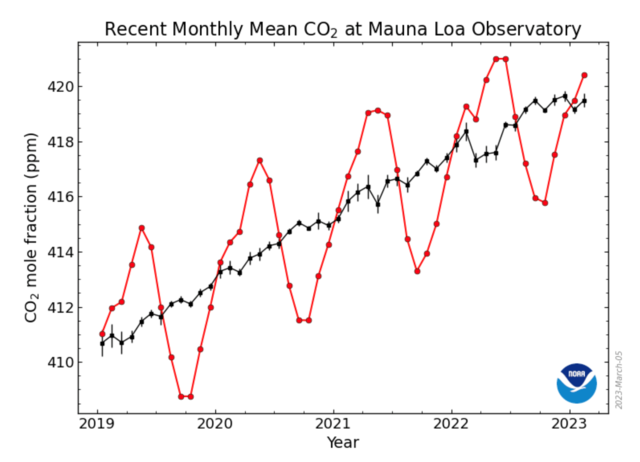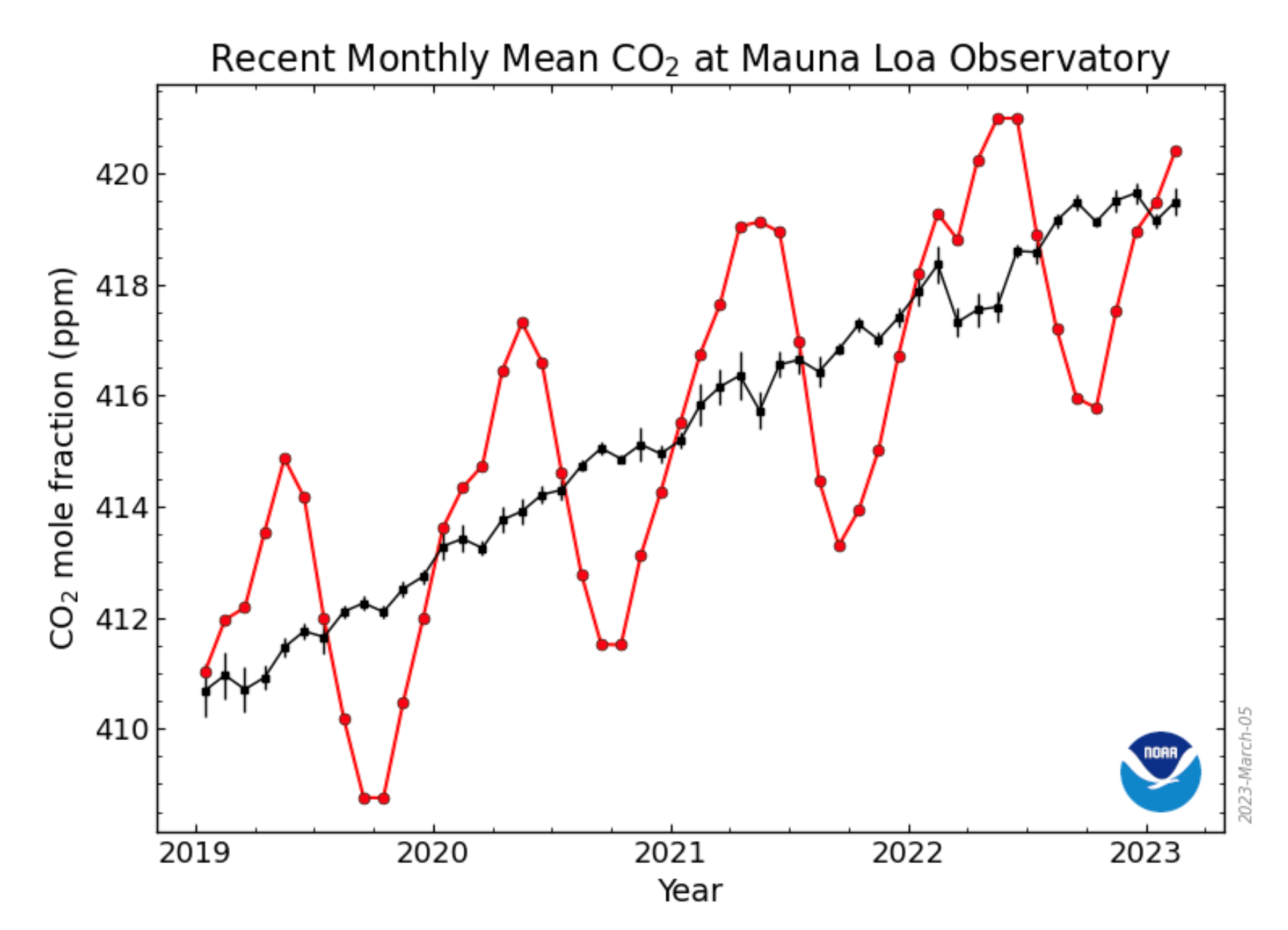Scope 3 Greenhouse Gas Emissions – The Big One
28th April, 2023 - 07:27

In this article, Commission Core Group member Paul Street explains what consumption-based Scope 3 emissions are.
The term ‘Scope 3 emissions’ ’first appeared in the Greenhouse Gas (GHG) Protocol, by World Resources Institute, back in 2001. It is actively used in mandatory carbon accounting/reporting and assessing the carbon impact a company is having.
Scope 1 emissions: This covers the GHG emissions that a company makes DIRECTLY, for example from the fuel to run vehicles or fuel combusted at the site in order to heat the building.
Scope 2 emissions: These are the emissions that the company makes INDIRECTLY, for example the electricity it buys for heating and cooling buildings. The emissions are being produced remotely on the company’s behalf.
Scope 3 emissions: Now this is where it gets more tricky. This category has all the emissions associated, not with the company itself, but which the organisation is indirectly responsible for, up and down its supply and delivery chain. For example, the indirect emissions from buying products from its suppliers and having them transported, and from its products when customers buy and use them. Scope 3 is nearly always the biggest category.
Scope 1 and 2 are most within an organisation’s control. Companies will normally have the data needed to convert direct purchases of electricity and natural gas into a value in tonnes of GHGs. This information may reside with procurement, finance, estates management departments, or in a sustainability manager’s function.
Scope 3 is often where the big impact is. For many businesses, scope 3 emissions account for more than 70% of their carbon footprint. For example, for an organisation that manufactures products, there will often be significant carbon emissions from the extraction, manufacture, processing and transport of the raw materials.
A similar approach can be applied at a national, regional or county level, instead of just for companies. The Surrey Climate Commission baseline study for Surrey’s carbon footprint 2021 showed that the consumption based emissions, which are primarily scope 3, are approximately 71% of Surrey’s GHG emissions.
Companies have less direct control on how scope 3 emissions are addressed. However, in most cases, suppliers and contractors will have considerable influence on how emissions are reduced through their own purchasing decisions and product/service design. Your company’s purchasing decisions can make a big impact in that.
Committing to reach ‘Net Zero’ will invariably involve tackling your Scope 3 emissions. The definitions for what constitutes a ‘net zero’ ambition can be complex and awkward, but businesses looking to adopt best practice will commit to tackling their Scope 3 emissions as part of their overall business and sustainability plans. It will also be beneficial for the business in the medium to long term.
Mapping out your emissions footprint by category, service and product, and how much control you have over the source is a great way to start addressing them.
This summary has been for companies, but the same can equally apply to households, community groups, districts, regions, councils and national governments.
We simply can’t ignore our scope 3 GHG emissions.

Caption
Graph by: NOAA.gov Global Monitoring Laboratory, 2023, showing the relentless increase of carbon dioxide in earth’s atmosphere.



